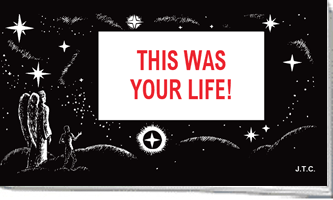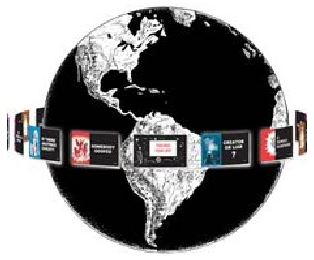Where's the Trash?
Archeologist William Kelso is excited about a well. This is not just any well, it may have belonged to Captain John Smith, who founded Jamestown, Virginia 400 years ago. The well was uncovered recently under the brick ruins of a large fireplace as part of an extensive excavation of the original Jamestown fort.
After the well was no longer used to obtain water, it became a trash pit. Archeologists love trash pits. This well contained thousands of items tossed there hundreds of years ago. Some are submerged in the water at the bottom of the well and are well preserved. Things like leather shoes, seeds, fish and animal bones, copper utensils, jugs and wooden containers all tell the story of the inhabitants who lived at that time.
But trash, or the lack of it, can be an embarrassment, especially to someone who writes a history book that stretches the truth. When Joseph Smith wrote the Book of Mormon (or supposedly translated it from Moroni`s golden plates) he included elaborate stories of early Jewish settlers in the Americas.
Joseph Smith claimed that one such group came right after the tower of Babel and eventually were annihilated by war. Two other groups arrived about 600 years before Christ. One group was also killed off but the other became the ancestors of the American Indians.
If this were true, then modern archeologists should find some of their trash. For example, the book of Mormon claims that the Jews found "beasts in the forest of every kind, both the cow and the ox, and the ass and the horse, and the goat and the wild goat."
But those who examine ancient trash can find no bones of these animals that date earlier than the arrival of Columbus. They were all brought over by the Europeans a thousand years later.
The Book of Mormon also describes the Jewish settlers using iron and steel tools and weapons. No such tools have ever been discovered in the trash heaps left by the Indians.
Author Thomas Heinze points out other difficulties with the historical account of the book of Mormon. In Answers to My Mormon Friends, he mentions that, if the Book of Mormon is correct, many Native American languages should have root words that go back to Hebrew and Egyptian spoken by the immigrants from the Middle East. No such linguistic connection has been found. Besides, scientists have found that the Indians are genetically much closer to the Mongolians than the Middle Easterners.
At one point, Mormons claimed that the Smithsonian Institution used the Book of Mormon as a guide to almost all of the major discoveries in the history of the New World. When asked about this, the Institution replied: "Smithsonian archeologists see no connection between the archeology of the New World and the subject matter of the book [of Mormon]."
Heinze`s book contains other helpful material when witnessing to Mormons. He covers Mormon Salvation, Mormon church doctrine and how it relates to the Bible. He also describes Joseph Smith`s occult background, bizarre "translation" methods and his failure to measure up to the proofs of a prophet.
Answers to my Mormon Friends is a small but concise book giving the soul winner much help in witnessing to Mormons or inoculating someone considering joining them.
- See more articles on related topics:
- History
- Mormonism
- Mormon Teachings
Other Articles from January/February 2007:
- A Message From Jack Chick
- Getting Ready to Leave?
- My Teacher Got Saved - Became A Pastor
- Prison Ministry Letters: Jan-2007
- Is Trust in the Bible Important?
- Tracts Plus Web Site Equals More Ways to Witness
- You Probably Know This Woman!
- New KJV Workbook Helps Clarify Bible Versions Issue
- Missionary Finds Africa 'Wide Open' to the Gospel
More on Mormonism:
Products of Interest:
-

Answers To My Mormon Friends
80 pages
This easy-reading book, written for either Christians or Mormons, proves that Mormonism is not of God, and includes a clear gospel message and salvation appeal. 
This Was Your Life
Everything you have said or done will be played back at judgment. Will your name be in the Book of Life?-

Good Test, The
This thought-provoking DVD uses the Ten Commandments during live interviews with young people to illustrate that nobody measures up to God's standard for getting into heaven.



